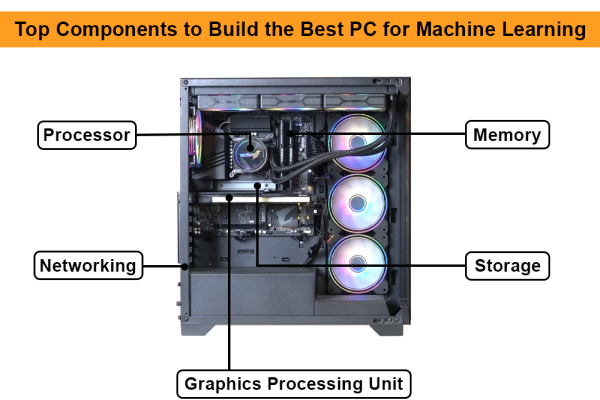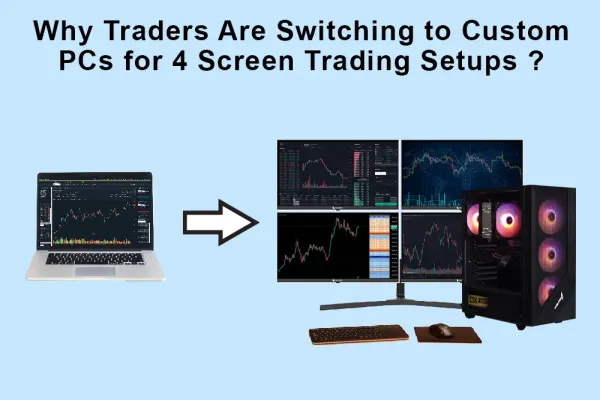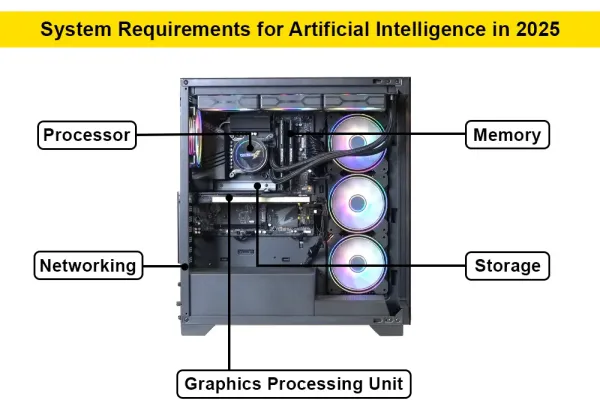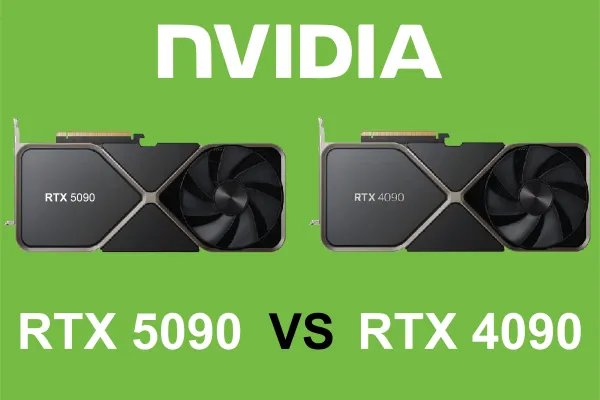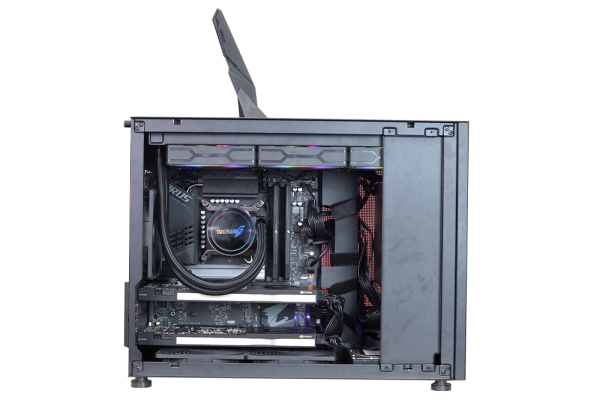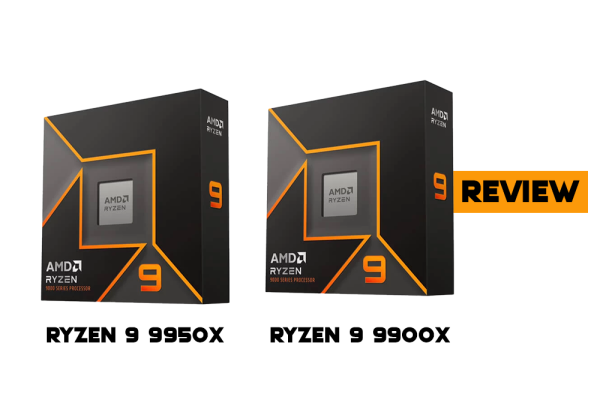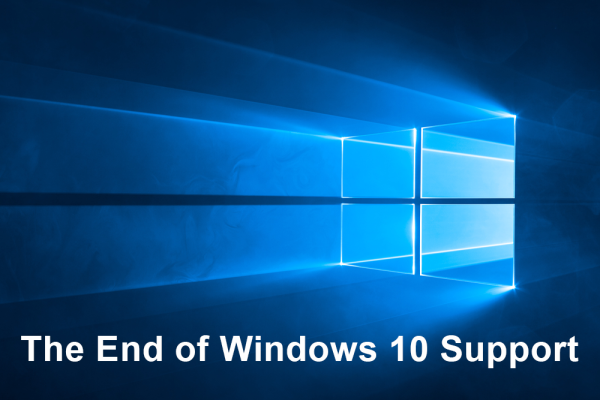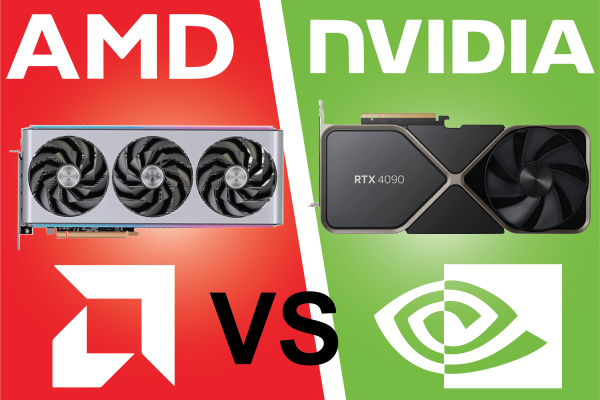
NVIDIA vs AMD: Which GPU is Leading the Gaming PC Market in 2024?
NVIDIA vs AMD: Which GPU is Leading the Gaming PC Market in 2024?
The ongoing competition between NVIDIA and AMD has never been more intense, especially in the world of gaming GPUs. Both companies have released cutting-edge graphics cards that cater to a wide range of users, from casual gamers to hardcore enthusiasts. As we dive into 2024, let’s break down the latest in the NVIDIA vs. AMD battle and see which company is leading the gaming PC market.
1. Product Lineup and Target Audience
NVIDIA’s GeForce RTX 40-series, powered by the Ada Lovelace architecture, has taken the gaming world by storm. Models such as the RTX 4090 and RTX 4080 offer remarkable performance, especially for 4K gaming and VR applications. NVIDIA’s focus on AI-driven features like DLSS (Deep Learning Super Sampling) gives them an edge in terms of graphical fidelity and frame rates, even with high-demanding games. This lineup primarily targets the high-end market but includes mid-range options like the RTX 4070 and RTX 4060, making it accessible to more gamers.
On the other hand, AMD’s Radeon RX 7000 series, based on the RDNA 3 architecture, has continued to gain traction. The RX 7900 XTX and 7900 XT are their flagship models, offering competitive performance and power efficiency. AMD has traditionally been strong in the mid-range segment with models like the RX 7800 XT and RX 7700 XT, catering to gamers who want solid 1440p or even 4K performance without the premium price tag. With features such as FidelityFX Super Resolution (FSR), AMD provides alternatives to NVIDIA’s DLSS, making them appealing for gamers who prioritize value.
2. Performance Comparison
Performance is one of the most crucial factors in the GPU market. In 2024, both NVIDIA and AMD have GPUs that excel in different aspects:
- 4K Gaming: NVIDIA continues to hold the crown here with the RTX 4090. It delivers unmatched performance, capable of running even the most demanding titles with ray tracing at 4K resolution with smooth frame rates. AMD’s RX 7900 XTX, however, isn’t far behind and offers a solid experience for gamers who don’t need the absolute highest frame rates.
- 1440p Gaming: AMD has gained significant ground in the 1440p market, with the RX 7800 XT and RX 7700 XT performing well in this resolution range. NVIDIA’s RTX 4070 is a close competitor, offering excellent performance but at a slightly higher price point.
- Ray Tracing: NVIDIA leads in ray tracing, thanks to its dedicated RT cores and DLSS technology, which uses AI to boost frame rates without sacrificing quality. While AMD’s RDNA 3 architecture includes improvements in ray tracing, it still lags behind NVIDIA in terms of raw ray tracing performance. That said, AMD has focused on improving its FSR technology, which has made its GPUs more capable of handling ray-traced games with acceptable frame rates.
3. Software and Ecosystem
NVIDIA has invested heavily in software features and ecosystem development. Technologies such as DLSS 3, RTX IO, and Reflex have set NVIDIA apart by enhancing gameplay with improved frame rates, faster load times, and reduced latency. GeForce Experience offers a comprehensive suite of tools for gameplay optimization, screen recording, and driver updates, which are appealing to gamers who want a seamless experience.
AMD, on the other hand, has made strides in software with the introduction of FSR and Radeon Super Resolution (RSR). AMD's Adrenalin software suite also provides features like automatic overclocking, recording, and a driver update manager. AMD’s open-source approach to features like FSR has made it popular among developers and gamers who appreciate flexibility and customization. However, NVIDIA still holds a more mature and comprehensive ecosystem, which can be a deciding factor for many gamers.
4. Power Efficiency and Thermal Performance
The race for power efficiency has intensified in 2024. NVIDIA’s Ada Lovelace architecture is designed to deliver high performance without excessive power draw, although the RTX 4090 is still quite power-hungry. AMD’s RDNA 3, however, has made notable strides in power efficiency, particularly in the mid-range models, which generally consume less power than their NVIDIA counterparts. This advantage translates to lower heat generation and quieter operation, which can be attractive for gamers with smaller cases or less aggressive cooling setups.
5. Price and Availability
Pricing has always been a battleground. In 2024, NVIDIA maintains premium pricing for its high-end models, such as the RTX 4090 and 4080, which are among the most expensive consumer GPUs. The RTX 4070 and 4060 models, while more affordable, still come with a higher price tag than AMD’s comparable GPUs.
AMD is generally seen as the value option, especially in the mid-range segment, with the RX 7700 XT and RX 7600 providing solid performance at a lower price. AMD’s flagship models are also competitively priced against NVIDIA’s top-tier cards, giving consumers high performance without the same premium.
6. Market Share and Popularity in 2024
As of 2024, NVIDIA holds a larger share of the gaming GPU market, driven by its dominance in the high-end segment and its ecosystem of features. Gamers who seek the absolute best performance, particularly for 4K gaming and ray tracing, are more likely to choose NVIDIA.
However, AMD has gained significant traction, especially among budget-conscious gamers. Its focus on performance per dollar and continued investment in open-source software make it an appealing choice. AMD’s growing presence in the gaming PC market indicates a shift in consumer preference toward more balanced options, which could continue to challenge NVIDIA’s dominance.
Final Verdict
So, which GPU is leading the gaming PC market in 2024?
NVIDIA still leads in the high-performance segment with unmatched ray tracing, AI-driven features, and an extensive software ecosystem. For gamers looking for the absolute best experience in 4K with all settings maxed, NVIDIA remains the go-to choice.
However, AMD is making strides, especially in the mid-range and upper-mid-range markets. For gamers who prioritize value and performance per dollar, AMD is often the better choice. With its improved power efficiency, strong 1440p performance, and competitive pricing, AMD has positioned itself as a strong contender.
Ultimately, the choice between NVIDIA and AMD in 2024 depends on the individual gamer’s priorities: whether it’s top-tier performance, cutting-edge technology, or value for money. Both companies are pushing the envelope, ensuring that the gaming community has plenty of powerful options for their next PC build.
Posted 11 months ago
by VoltedPC



